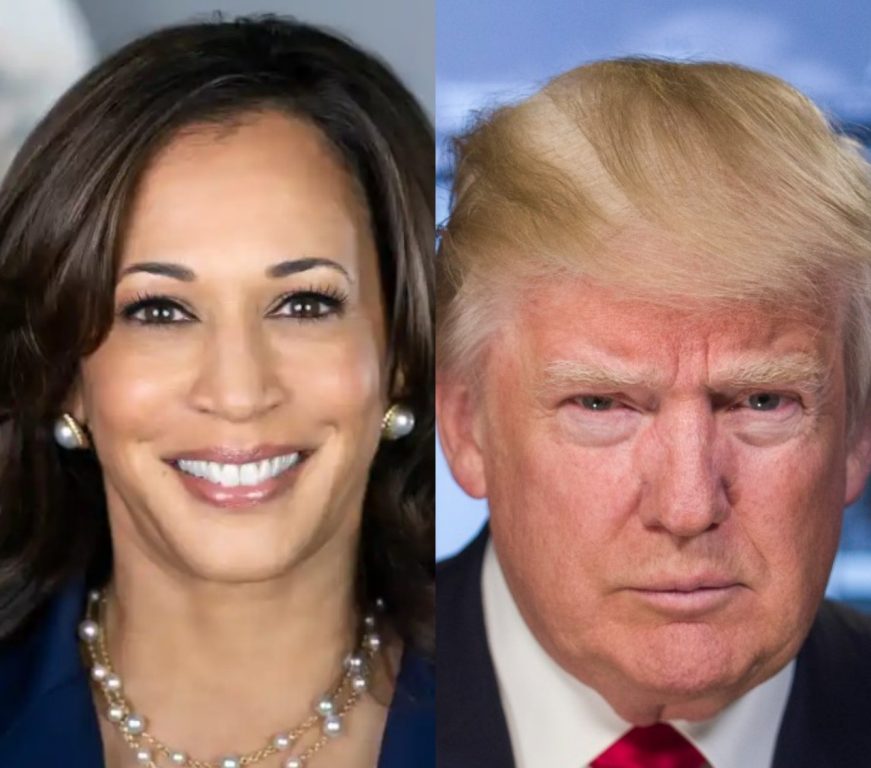Harris May Need More Than 51% of Vote
Wisconsin looks good, but she may need 3% lead in national vote to win electoral college.
The message from polling for the upcoming presidential election has been obscure at best. Consider polls conducted in Wisconsin since Kamala Harris replaced Joe Biden as the Democratic candidate.
Wisconsin is one of seven states considered competitive –Wisconsin, Michigan, Pennsylvania, Nevada, Georgia, Arizona, and North Carolina—in which either candidate may win the election. Of all seven states, Wisconsin shows the greatest support for the Harris ticket. Despite this, Harris’ lead is a small and unstable one, as shown below. The latest Marquette poll, released today, shows Harris leading Trump by 52% to 48%, which would edge her margin a little higher.
This column examines two ways of analyzing polls of the November presidential election to judge how competitive it will be. The first uses polling of competitive states. The second uses national polls to examine what it takes to overcome the advantage the electoral college gives to Trump.
Polls of The Swing States
Seven states are generally considered to be up for grabs in the election. Five switched from Republican in 2016 to Democratic in 2020. Nevada voted Democratic in both elections; North Carolina voted Republican in each.
Rather than use one poll to evaluate whether a candidate was ahead in these states, I averaged the results of five poll aggregators, thus aggregating the aggregators.
| New York Times poll tracker |
| RealClearPolitics |
| FiveThirtyEight |
| the Washington Post |
| Nate Silver |
The following graph show the average polling gaps between the percentage of voters saying that they planned to vote for Harris and the percentage supporting Trump in each of the seven competitive states. Wisconsin shows the largest gap, but even it is less than three points. While none of the gaps are very large, the gaps for the four states on the right are particularly miniscule.
The next chart shows the number of presidential electors for each of the seven competitive states.
Together these data permit the development of scenarios to suggest how the election might turn out. The scenario starts by assuming that only these seven states are competitive. That leaves 226 safe elector seats for Harris and 219 for Trump.
Then the four other competitive states go with Trump, adding 49 votes, for a total of 268.
What does it take to win the electoral college? The total number of electors is 538. Dividing that by two and adding one give 270, the minimum to win the Electoral College and the presidency. In this scenario, Harris wins with no vote to spare.
| Harris | Trump | |
| Safe states | 226 | 219 |
| Competitive states | 44 | 49 |
| Total votes won | 270 | 268 |
| Total members of Electoral College | 538 | |
| Electors needed for majority | 270 | |
However, the story may not end there. Two states—Maine and Nebraska–award an Electoral College vote to the winner of each of its congressional districts. Although Maine as a whole favors Democrats, its Second district is more Republican. If that district were to vote for Trump, each candidate would have 269 votes, resulting in a tie. Of course if Nebraska’s Second District goes Democrat, that puts the total back at 270-268 in favor of Harris.
If, however, the result is a tie, that would send the election to the US House of Representatives. In the case of a tie, each state’s delegation would have one vote, giving the election to the Republicans.
National Polls
The second approach is to use national polls of voter preferences, ignoring the lumpiness of the conversion of the popular vote to the Electoral College.
The graph below summarizes this situation. The horizontal axis represents the popular vote, the vertical axis the Electoral College vote. The red dot on the lower left corner represents the 2016 election. The upper right dot represents 2020.
The red line connecting the dots suggests the conversion of popular votes to electors (again ignoring the lumpiness of the data). The horizontal dotted line represents where each party gets half the electors. The crossing point suggests that it takes about 51.76% of voters choosing the Democratic candidate to get half the electors.
Currently the average of national polls shows a 2.7% gap between Harris and Trump. This translates to Harris receiving 51.35%. While an improvement, this suggests a shortfall compared to what is needed to overcome the advantage that the Electoral College gives Republicans. She may need to win by more than 3% of the popular vote.
If you think stories like this are important, become a member of Urban Milwaukee and help support real, independent journalism. Plus you get some cool added benefits.
Data Wonk
-
Life Expectancy in Wisconsin vs. Other States
 Dec 10th, 2025 by Bruce Thompson
Dec 10th, 2025 by Bruce Thompson
-
How Republicans Opened the Door To Redistricting
 Nov 26th, 2025 by Bruce Thompson
Nov 26th, 2025 by Bruce Thompson
-
The Connection Between Life Expectancy, Poverty and Partisanship
 Nov 21st, 2025 by Bruce Thompson
Nov 21st, 2025 by Bruce Thompson



























Great analysis of the polling data!!!
Here’s hoping that the numbers go Kamala’s way. As they should.
I think the only thing that can derail her is some sort of “October Surprise”. A certain country in the middle east with a corrupt right wing leader/wack job who likes booby trapped electronics really seems to want a broader conflict. All bets are off if he succeeds in starting a broader war and our own corrupt right wing leader/wack job wins as a consequence.